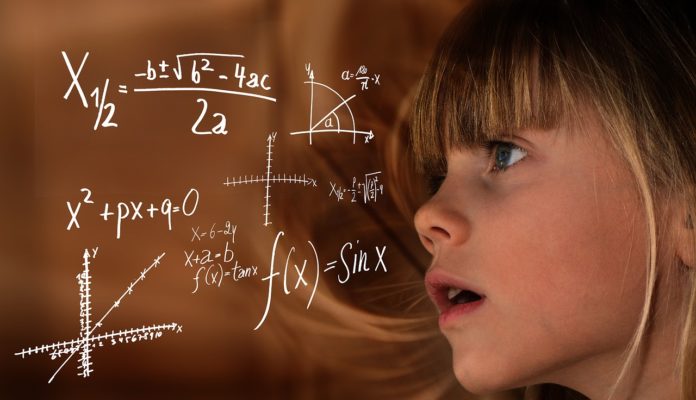
An algebraic expression is a polynomial when it has one or more terms in the form of:
x2 + kx + l, where k and l are nonnegative integers.
On the other hand, an arithmetic or geometric sequence is a series of numbers that converge in value (repeating to infinity). An example would be: ƒ(1), ƒ(2), … ƒ(n), where each number in brackets, such as 2, 3, 4… n represents an increasing value. Many other things can also be considered as sequences but not all of them are polynomials.
Examples of polynomials are:
2×2 + 7x – 1 and 2.3×2 – 2.4x + 4.5, where x represents a variable such as x = 3,7,8… ; f(1)=1; f(n)=n.
examples of sequences are: ƒ(0), ƒ(1), … ƒ(10); the number sequence (0, 1, 2, 3…) and the decimal numbers (0..9).
Fibonacci numbers are also polynomials although not all of them develop in an arithmetic or geometric sequence.
By the way… notice that all polynomials are a sequence. However, not all sequences are polynomials. The following is an unfinished example of why:
Prime factorization or expression of a number as a product of prime numbers is also a sequence. However, it’s not a polynomial because it doesn’t have to be in the form x2 + kx + l nor does it have to expand to infinity. Instead, it can be finite with only prime factors (that won’t be reduced). For example:
Finite sequence = 5x.(12×2 + 3)
As you can see, 5x. (12×2 + 3) is a valid expression, though it does not have to have x2 + kx + l terms. It can also be considered a polynomial because the only way to divide it is by primes.
Therefore, a sequence can be considered as a polynomial when it has no 0 or 1’s in its expansion and expanding in an arithmetic or geometric sequence.
The following is an unfinished example of a sequence that is a polynomial but not arithmetic or geometric: [dot dot dot]
Factorial 124; Factorial 126; Factorial 128; Factorial 130….
In this example, we have a sequence of numbers that end up in decreasing values. For example, the factorial of 1 would be 1 and the factorial of 2 would be 2. Therefore, the factorial for 5 would be 5 * 4 * 3 * 2. There is no way to divide this number by anything other than primes because none of these numbers are 0 or 1. Thus, it’s a polynomial but not an arithmetic or geometric series.
You can also have a sequence of decimals that are not in the form of x2 + kx + l. Again, they will still need to end up in decreasing values for it to be considered a polynomial. An example of this would be:
(13; 27; 39; 53; 67…). You can see that each decimal number ended up decreasing from the previous number. The only way these numbers can be divided is by primes. Therefore, this is also a polynomial because it has no 0 or 1’s and the terms x2 + kx + l are missing.
In conclusion, a sequence can be considered a polynomial as long as it expands in an arithmetic or geometric sequence and has no 0 or 1’s in its expansion. Furthermore, the series of numbers should end up in decreasing values.
Notes:
Wikipedia information on polynomials: [https://en.wikipedia.org/wiki/Polynomial]
Math is fun information on polynomials: [http://www.mathsisfun.com/data/polynomial-definition-example-history-properties.html]
Lecture notes on sequences: [http://www.mathsisfun.









